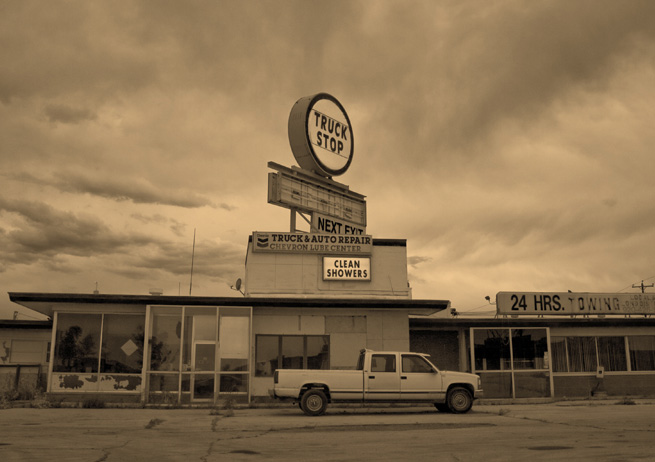Economy Watch: Italy’s a House on Fire, Trucking Index Rises
Panic is setting in about Italy, the world's eighth-largest economy. Zillow finds that residential prices have been flat for the last two quarters. And the trucking-based Pulse of Commerce index rose 1.1 percent last month.
November 10, 2011
By Dees Stribling, Contributing Editor
Greece can’t seem to form a new government to deal with its problems, but the world isn’t much interested any more, now that panic has set in about Italy. The Italian economy is one of the world’s largest — number eight according to the IMF, World Bank and the CIA, at around $2 trillion in GDP last year — and faces the prospect of defaulting on its euro-denominated debt ($2.5 trillion worth), now that interest rates on Italian sovereign debt have shot above the psychologically important 7 percent.
Will the departure of Italian Prime Minister Silvio Berlusconi help? He’s already a has-been, it seems, but no one’s sure who’s going to emerge from the collapse of his government or what they’ll be able to do about the country’s debt. Will the European Central Bank step up and do a full Bernanke, buying assets like there’s no tomorrow to settle things down? It doesn’t have the authority to do so, despite that “central bank” in its title, and the real muscle in the euro-zone, the Germans, don’t seem to care much for the idea of giving it that authority. What about the European Financial Stability Facility? Good for Greece, maybe, but for an economy the size of Italy, that’s like using a garden hose to fight a house fire.
Now that the Italian contagion seems to be on the loose, investors, panicky creatures that they are, headed for the door on Wednesday, with equities markets worldwide seeing large losses. The Dow Jones Industrial Average lost 389.24 points, or 3.2 percent, while the S&P 500 declined 3.67 percent and the Nasdaq dropped a whopping 3.88 percent.
Zillow Says That Home Prices Flat in 3Q
Zillow.com, in its Q3 Zillow Real Estate Market Report, says that U.S. residential real estate prices are essentially flat, dropping only 0.2 percent between the second and third quarter of 2011. Zillow figures that prices are down 4.4 percent since the third quarter of 2010. The U.S. Zillow Home Value Index stood at $171,500 as of the third quarter of 2011, down from a bubble-era peak of $249,700 in the second quarter of 2006.
Of the 157 metro markets that Zillow tracks, 105 showed a quarterly decline in prices, 26 saw gains, and the remaining 26 markets were flat. A handful of markets have seen three quarters’ worth of appreciation in row — Bay City Mich.; Destin, Fla.; Fort Collins, Colo.; Pueblo; Colo.; and Springfield, Ohio.
Zillow added that the foreclosure liquidation rate declined to 8.7 out of every 10,000 homes in September, compared with 10.7 out of every 10,000 homes a year earlier. The company chalked up much of that change to last year’s revelation of robo-signing throwing a monkey wrench in the process. Also, some 28.6 percent of all single-family homeowners, according to Zollow, are under water (“negative equity,” as the company so tactfully puts it), an increase from the second quarter, when the rate was 26.8 percent.
Pulse of Commerce Index Sees Uptick
The unusual and little-cited (but perhaps telling) Ceridian-UCLA Pulse of Commerce Index, which was released on Wednesday by the UCLA Anderson School of Management and Ceridian Corp., rose 1.1 percent in October after three consecutive months of negative numbers. The index is based on real-time diesel fuel consumption data for over-the-road trucking and serves as an indicator of the state and possible future direction of the U.S. economy. The more stuff is sent on trucks, the thinking goes, the better.
On a year-over-year basis, the index was up 1.3 percent in October. That contrasts with the trend over the prior four months, during which where the year-over-year change in the index was rapidly declining.
“The October data offer some welcome relief from the double-dip fears that were rampant a month ago, but one month does not mean a new trend,” Ed Leamer, chief economist for the Ceridian-UCLA Pulse of Commerce Index and director of the UCLA Anderson Forecast, said in a statement. “Until we get a series of positive months, it remains a she-loves-me, she-loves-me-not economy with bad news followed by good followed by bad.”








You must be logged in to post a comment.